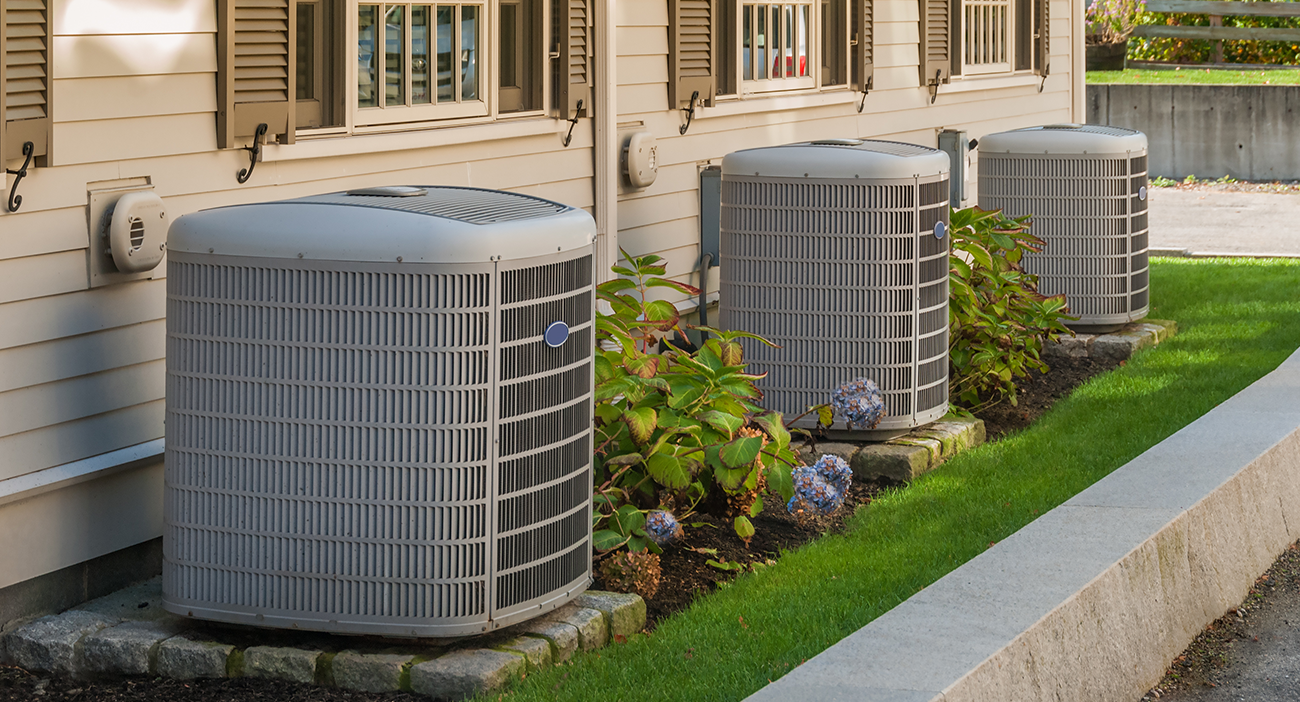
01 Nov Energy and HVAC Optimization
Let’s delve into a significant portion of your electricity bill, which typically accounts for 30-40%: the cost associated with heating, ventilating, and air-conditioning (HVAC) in both residential and commercial buildings. A well-functioning HVAC system plays a pivotal role in maintaining a comfortable, healthy, and conducive interior environment. Over the years, numerous homeowners and building owners have sought strategies to mitigate their energy and HVAC expenses without compromising indoor environmental conditions. Interestingly, by implementing a comprehensive plan, energy bills often see substantial reductions alongside improvements in HVAC system performance—a task well within the realm of expertise for mechanical engineers specializing in energy and HVAC.
The insights provided herein aim to equip homeowners, building owners, and operators with the necessary knowledge to make informed decisions regarding existing HVAC systems or potential future upgrades.
Load Reduction: The initial step toward achieving energy and HVAC system optimization involves load reduction. This entails developing a comprehensive plan focused on actions yielding the best return on investment. By reducing the building’s load, the existing HVAC system can operate more efficiently. In cases where new systems are being considered, designing for the reduced load proves more cost-effective than accommodating the existing load. Common strategies for load reduction encompass:
- Enhancing building insulation and tightening the exterior shell, especially around windows and doors.
- Upgrading to energy-efficient windows, particularly beneficial for structures still equipped with single-pane windows.
- Modernizing lighting systems to reduce energy consumption and subsequent cooling requirements.
- Selecting energy-efficient equipment and electronic devices equipped with power-saving features.
HVAC Systems: The next step in optimizing energy and HVAC systems involves understanding your system’s intricacies. While a comprehensive discussion of every system is beyond the scope of this article, certain recommendations can be addressed. Over the years, every component of HVAC systems has witnessed advancements in efficiency. If your system surpasses 13 years of service, it’s prudent to begin planning for equipment upgrades. Residential systems typically boast a life expectancy of around 15 years, necessitating a replacement plan for unforeseen failures.
Commercial systems exhibit similar lifespans, with packaged equipment or split systems requiring replacement after a similar duration. However, larger commercial and industrial applications often warrant individualized analyses by mechanical engineers due to the systems’ complexity and diverse requirements.
Control Systems: The third stride toward energy and HVAC system optimization revolves around controlling your system effectively. Key considerations include:
- Investing in programmable thermostats for homeowners and small commercial building owners to optimize energy usage based on scheduled timeframes.
- Embracing Direct Digital Control (DDC) systems for large commercial buildings, offering enhanced performance reliability and scalability.
Operation and Maintenance: Lastly, ensuring efficient operation and maintenance is essential for maximizing HVAC system performance and longevity. Employing qualified consultants or HVAC companies to evaluate and maintain systems, adhering to routine servicing schedules, and replacing air filters regularly are vital practices. Additionally, conducting coil cleaning at least once a year can significantly enhance system efficiency and reliability.
In summary, embarking on energy and HVAC optimization endeavors promises to yield substantial reductions in electricity costs while prolonging the lifespan of HVAC equipment. By investing time and resources in understanding your system and implementing improvement strategies, homeowners and building owners alike stand to benefit financially while fostering a more sustainable built environment.
Now, let’s delve deeper into each aspect of energy and HVAC optimization to provide a comprehensive understanding and actionable insights for homeowners, building owners, and operators.
Load Reduction: Load reduction serves as the foundational step in energy and HVAC system optimization, requiring a strategic approach to minimize the building’s energy demands. This multifaceted endeavor encompasses various initiatives aimed at enhancing energy efficiency and reducing overall energy consumption. Key strategies include:
- Enhancing building insulation and optimizing the exterior shell to minimize thermal transfer and improve energy retention.
- Upgrading to energy-efficient windows with advanced glazing technologies to mitigate heat loss and gain.
- Implementing modern lighting systems equipped with energy-efficient fixtures and controls to optimize lighting levels while minimizing electricity consumption.
- Investing in energy-efficient appliances and equipment, such as HVAC systems, water heaters, and refrigerators, to reduce energy consumption and lower operating costs.
By prioritizing load reduction initiatives, building owners can significantly enhance energy efficiency, reduce utility expenses, and create a more sustainable built environment.
HVAC Systems: The optimization of HVAC systems represents a pivotal aspect of energy management and building sustainability. HVAC systems play a crucial role in maintaining indoor comfort levels and air quality while accounting for a substantial portion of overall energy consumption. Therefore, optimizing HVAC performance and efficiency is paramount for minimizing energy costs and environmental impact. Key considerations include:
- Conducting comprehensive assessments of existing HVAC systems to identify inefficiencies and opportunities for improvement.
- Evaluating the age, condition, and performance of HVAC equipment to determine the need for upgrades or replacements.
- Implementing energy-efficient technologies and controls, such as variable-speed drives, programmable thermostats, and direct digital control systems, to optimize system performance and energy usage.
- Incorporating advanced HVAC design strategies, such as proper sizing, zoning, and ventilation, to enhance comfort, efficiency, and indoor air quality.
By embracing best practices in HVAC optimization, building owners can achieve significant energy savings, improve occupant comfort, and prolong the lifespan of HVAC equipment.
Control Systems: Efficient control systems play a crucial role in maximizing the performance and energy efficiency of HVAC systems. By implementing advanced control strategies and technologies, building owners can optimize system operation, minimize energy waste, and enhance overall building performance. Key considerations include:
- Investing in advanced control systems, such as building automation systems (BAS) and energy management systems (EMS), to monitor, manage, and optimize HVAC operation.
- Utilizing programmable thermostats, occupancy sensors, and scheduling algorithms to regulate temperature, airflow, and equipment operation based on occupancy patterns and user preferences.
- Integrating smart building technologies, such as IoT devices and cloud-based platforms, to enable remote monitoring, diagnostics, and control of HVAC systems.
- Implementing demand response and load shedding strategies to reduce energy consumption during peak demand periods and minimize utility expenses.
By leveraging advanced control systems, building owners can achieve greater flexibility, efficiency, and cost savings in HVAC operation while enhancing occupant comfort and building performance.
Operation and Maintenance: Effective operation and maintenance practices are essential for ensuring the long-term performance, reliability, and efficiency of HVAC systems. By implementing proactive maintenance strategies and adhering to best practices, building owners can minimize downtime, extend equipment lifespan, and optimize energy usage. Key considerations include:
- Establishing routine maintenance schedules and procedures for inspecting, servicing, and calibrating HVAC equipment to ensure optimal performance and efficiency.
- Conducting regular system audits and performance evaluations to identify and address potential issues, inefficiencies, and opportunities for improvement.
- Training facility staff and personnel on proper operation, maintenance, and troubleshooting procedures to maximize system reliability and performance.
- Implementing predictive maintenance technologies, such as condition monitoring and remote diagnostics, to identify and address equipment issues before they escalate into costly failures.
By prioritizing operation and maintenance activities, building owners can maximize the return on investment (ROI) of HVAC systems, minimize energy expenses, and ensure the long-term sustainability and resilience of their buildings.
In conclusion, energy and HVAC optimization represent multifaceted endeavors that require careful planning, strategic investments, and ongoing commitment to achieve desired outcomes. By prioritizing load reduction, optimizing HVAC systems, embracing advanced control systems, and implementing effective operation and maintenance practices, building owners can achieve significant energy savings, improve occupant comfort, and enhance overall building performance and sustainability.



Sorry, the comment form is closed at this time.